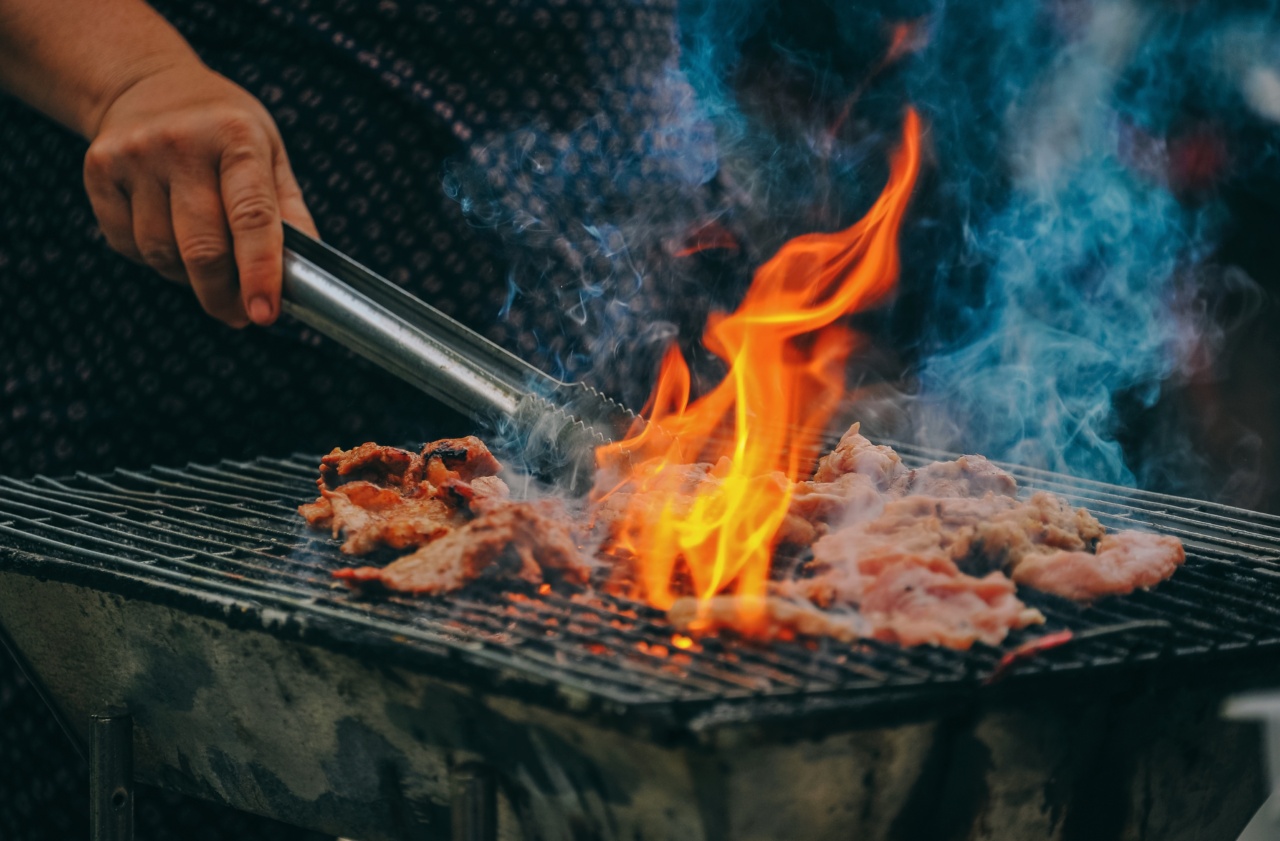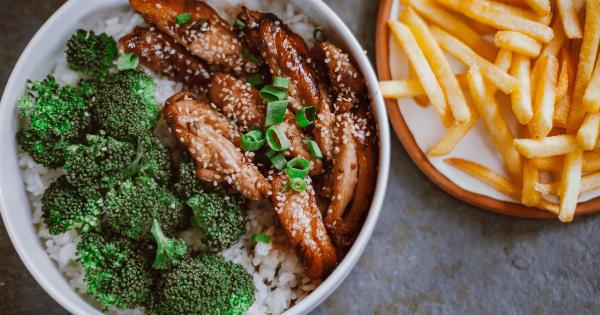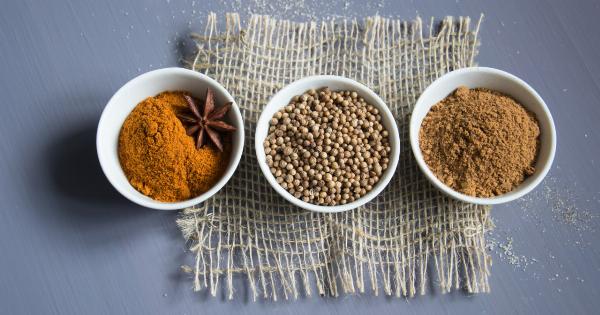Spicy foods have a unique appeal to many individuals due to the sensation of heat they provide. From jalapenos to curry, these fiery delights can add a punch of flavor to any dish.
However, indulging in these hot foods can sometimes leave a burning sensation in your stomach, causing discomfort and even distress. In this article, we will explore ten popular hot foods that can potentially lead to stomach irritation and discuss ways to alleviate the discomfort.
1. Chili Peppers
Chili peppers are renowned for their fiery spiciness, making them a popular ingredient in various cuisines.
The heat produced by chili peppers comes from a compound called capsaicin, which triggers a burning sensation when it comes into contact with your tongue and continues its journey down to your stomach. While capsaicin has its own health benefits, consuming an excessive amount of chili peppers can lead to stomach discomfort and even gastritis-like symptoms.
2. Hot Sauce
Hot sauce is a condiment that adds an instant kick of heat to any dish. Made from a blend of chili peppers, vinegar, and other ingredients, hot sauce intensifies the burning sensation in your stomach.
The high acidity of hot sauce can irritate the lining of your stomach if consumed in excess, causing acid reflux, heartburn, and even ulcers for those with a sensitive digestive system.
3. Indian Curry
Indian curry is famous for its vibrant flavors and aromatic spices.
While curry dishes vary in spiciness, many traditional recipes use a combination of spices such as chili peppers, ginger, garlic, and cumin, which can give rise to a burning sensation in the stomach. Additionally, some curry dishes may contain excessive amounts of oil or ghee, leading to indigestion and discomfort.
4. Sichuan Cuisine
Sichuan cuisine, also known as Szechuan cuisine, is a popular Chinese culinary tradition famous for its bold flavors and liberal use of chili peppers.
Dishes from this region often incorporate the numbing and spicy qualities of Sichuan peppercorns, which can leave a fiery sensation in your stomach. The intense spiciness and oily nature of Sichuan dishes may cause digestive distress, such as bloating and diarrhea, especially for those not accustomed to such flavors.
5. Buffalo Wings
Buffalo wings are a classic American bar food that combines deep-fried chicken wings with a spicy sauce. The sauce used in buffalo wings is typically a mixture of hot sauce and butter, making it a double whammy for your stomach.
The combination of spicy flavors and high-fat content can lead to heartburn, acid reflux, and indigestion, particularly when consumed in large quantities.
6. Kimchi
Kimchi, a staple in Korean cuisine, is a fermented dish made from vegetables, most commonly cabbage, and a variety of seasonings, including chili peppers. The fermentation process gives kimchi its signature tangy and spicy flavor.
While kimchi boasts numerous health benefits, including probiotics, consuming excessive amounts of this fiery condiment can lead to stomach discomfort, gastric irritation, and even exacerbate symptoms of acid reflux or gastritis.
7. Mexican Salsa
Mexican salsa, a popular accompaniment to many Mexican dishes, is made from a blend of tomatoes, onions, chili peppers, and various spices.
This chunky sauce can bring the heat, but excessive consumption may result in heartburn, stomach pain, and acid reflux due to the combination of high acidity and spiciness.
8. Wasabi
Wasabi, a green horseradish-like condiment, is a staple in Japanese cuisine, particularly in sushi dishes. Known for its intense heat and potent flavor, wasabi can produce a burning sensation in your mouth and stomach.
While the consumption of small amounts of wasabi is generally safe, consuming excessive quantities can cause discomfort and digestive issues, including stomach pain and irritation.
9. Spicy Fried Rice
Spicy fried rice, a popular dish in various Asian cuisines, combines rice, vegetables, proteins, and a spicy sauce. The heat in this dish often comes from chili peppers or chili paste, adding that fiery sensation to your stomach.
The combination of spicy flavors, excessive oil, and a high-carb content can lead to digestive distress, bloating, and discomfort.
10. Jalapenos
Jalapenos, a type of chili pepper commonly used in Mexican cuisine, pack a spicy punch. Whether consumed raw in salsas or pickled in various dishes, jalapenos contain capsaicin, which can induce a burning sensation in your stomach.
While some individuals may tolerate jalapenos well, those with sensitive stomachs may experience acid reflux, stomach pain, and even stomach ulcers if consumed in large quantities.
Alleviating the Discomfort
If you find yourself experiencing a burning sensation in your stomach after consuming hot foods, there are several strategies you can employ to alleviate the discomfort:.
1. Water: Sipping on cool water can help dilute the spiciness and provide temporary relief.
2. Milk or Yogurt: Dairy products contain casein, a protein that can help neutralize the heat-induced burning sensation.
3. Bread or Rice: Consuming plain bread or rice can help absorb the spiciness and reduce stomach irritation.
4. Antacids: Over-the-counter antacids can provide relief from heartburn and indigestion caused by spicy foods.
5. Avoid Lying Down: Opt for an upright position after consuming hot foods to prevent acid reflux and aid digestion.
6. Ginger: Ginger has soothing properties that can help calm the stomach. Consuming ginger tea or ginger-infused water may relieve discomfort.
7. Moderation: Enjoy hot foods in moderation and gradually increase your tolerance to avoid overwhelming your digestive system.
Conclusion
Hot foods can bring excitement and flavor to your palate, but they can also leave a burning sensation in your stomach if consumed in excess.
While the discomfort may vary from person to person, it is essential to listen to your body and make adjustments accordingly. By understanding the potential triggers and employing strategies to alleviate the discomfort, you can continue to enjoy the spicy delights without overwhelming your digestive system.



























